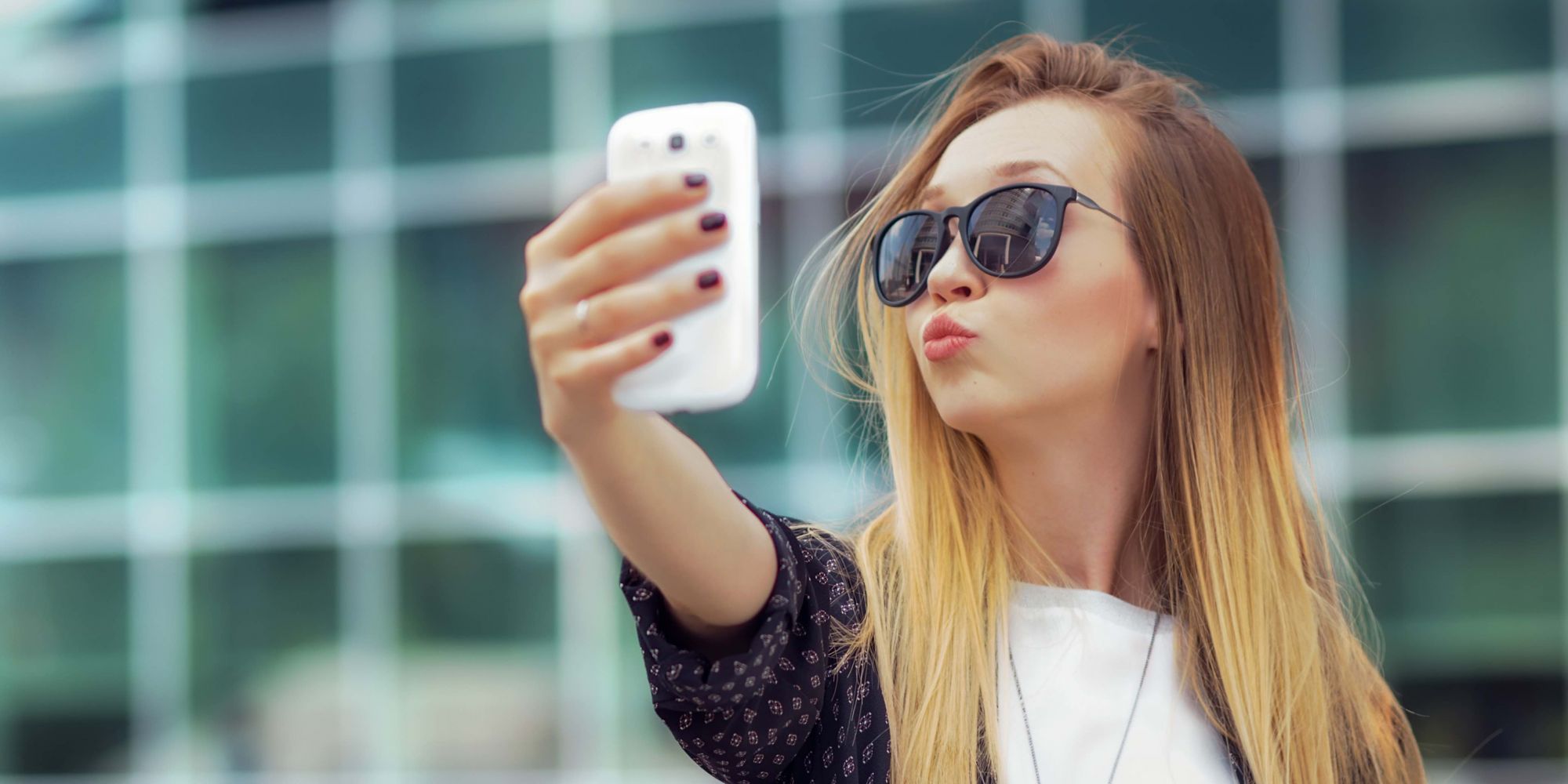
Customers Are The Next Big Influencers
MAC’s upcoming collaboration with Patrick Starrr is the latest piece of evidence that big beauty influencers are now indistinguishable from traditional celebrities. They command mega bucks, sign contracts obligating them to specific content, are orbited by handlers they have to support, and don’t build their businesses paying attention to small companies with tiny marketing budgets. Grappling with the phenomenon of influencer fame, emerging beauty brands have pivoted to microinfluencers with sub-100,000 followings not exacting primo payments. The firm Gatsby is advancing the microinfluencer movement by identifying microinfluencers from within brands’ customer bases. “Why not have real customers be your influencers?” asks Brett Bernstein, CEO and founder of Gatsby. He talked to Beauty Independent about the process of pinpointing shoppers with social media megaphones, the advantage of customers-cum-microinfluencers, and a few stumbling blocks.
the microinfluencers among customers
Gatsby works by placing buttons on brands’ websites that customers are incentivized to click on. Once they click on the buttons, customers share social media accounts and like or post to unlock promotions such as discounts on purchases. Gatsby then accesses information on their social media audiences and email addresses. Brands decide how they want to target the customers assessed to have microinfluencer-level followings and encourage them to highlight products. “They can set parameters and automatically send an email introduction to anybody who has a certain number of friends. The email says, for example, ‘Hey Sarah, the brand identifies you as a potential influencer. Are you interested in learning more?'” details Bernstein. He elaborates, “They aren’t expecting to make a living off their followers. They’re happy getting a free lipstick or being treated like a valuable customer who has early access. We think that, in the future, it’s not about setting a budget, but making your customer feel special.” Customers’ followings aren’t made up of fans, but prized friends, a vital difference when it comes to marketing. “If you see a celebrity post a picture of a new lipstick, consumers see the message, and they might like it, but they don’t expect the celebrity actually loves the brand. People think she’s been paid,” says Bernstein. “In the case of your friend posting a picture, that’s social proof.”
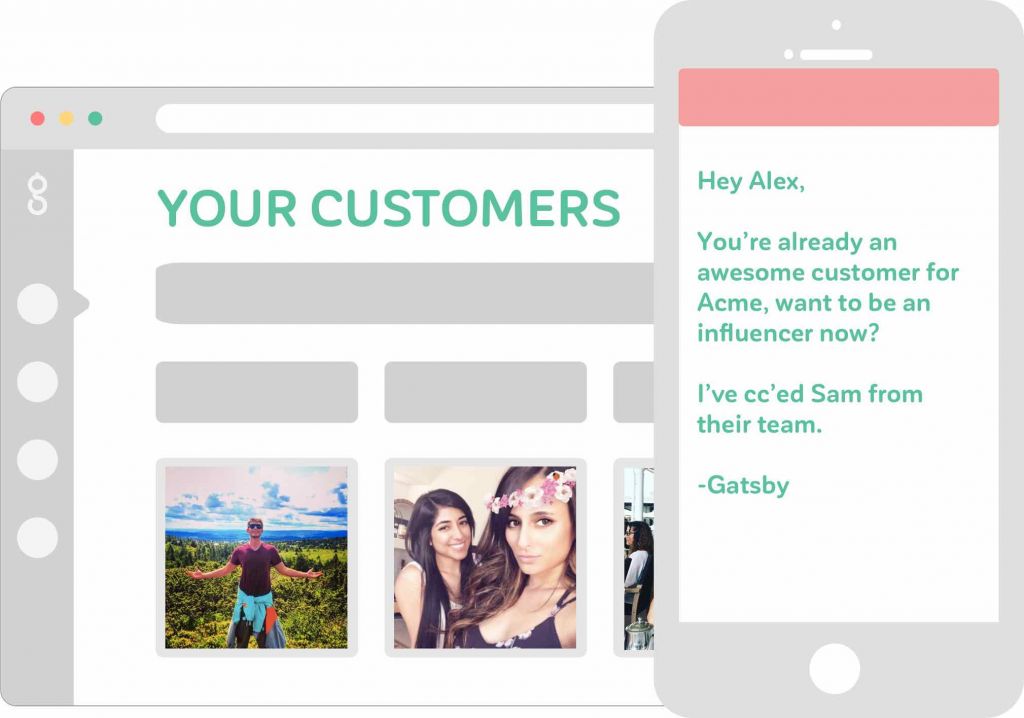
Microinfluencer maneuvers
There are untold numbers of people with microinfluencer-sized audiences, and brands have been forced to weed through them – or hire agencies to do so – to isolate microinfluencers that make sense for their messages and products. A bonus of uncovering microinfluencers from within brands’ customer bases is that they already have ties to the brands. “The best-case scenario is an actual shopper who likes the lipstick sees the email introduction from the brand, says, ‘I would love to be an influencer. I will take a photo of myself wearing the lipstick in exchange for free product.’ Right there is a referral out to 500 friends on Instagram,” says Bernstein, adding, “As soon as you reach them, you can work with them on scale, and that’s going to be the Holy Grail.” He emphasizes influencers mentioning products over and over again ultimately broadcast they are being sponsored and seem inauthentic. Customers spotlighting products once appear to be genuinely endorsing them. “In a world in which every customer is an influencer, you want to be constantly having new reviews surface,” stresses Bernstein. “Those customers aren’t on social media to sell lipstick, they are there to talk about their weekends and what they like. If they are constantly posting about one brand, the effect is lost. Having a lot of customers talk about it one time is ideal.”
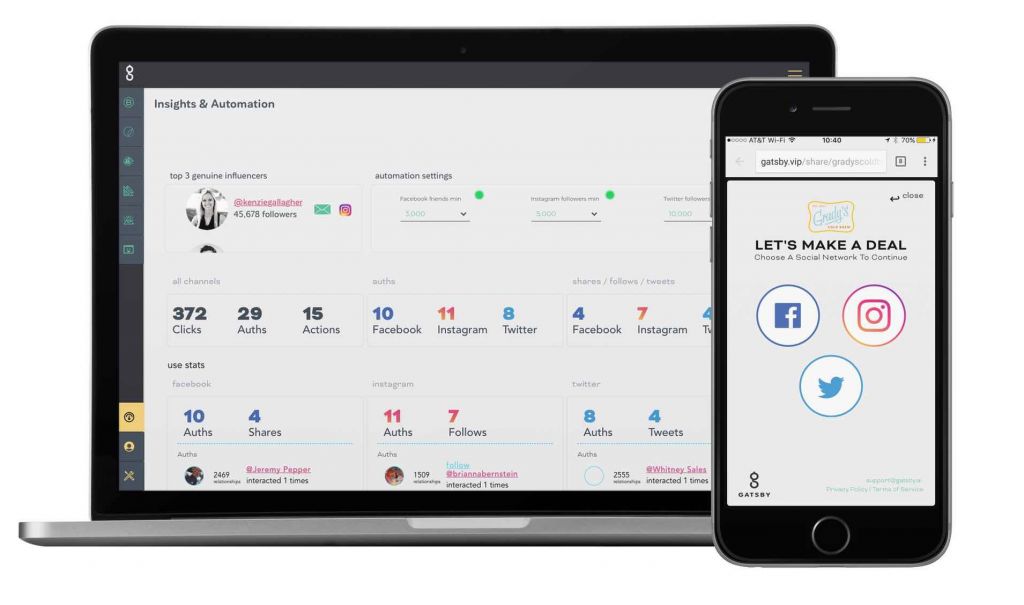
Inputs and outputs
In three weeks utilizing Gatsby’s technology, Coloured Raine accumulated roughly 1,500 social media profiles for customers, 1,500 email addresses from website visitors, 430 new Instagram followers, 350 Facebook shares and 110 tweets. The makeup brand didn’t shell out an exorbitant amount for those results. Gatsby charges $19 to $199 per month depending on the services desired. Certainly, an important reason why microinfluencer customers are compelling to brands is they’re relatively cheap, and brands can make money off of chasing them even if they don’t post about products. Gatsby campaigns have generated $7,000 for brands on the promotions component of the firm’s process. The problem isn’t cost as much as attribution. Similar to other influencer marketing efforts, it’s difficult to ascertain the impact of engaging popular customers. However, Bernstein suggests traceability is getting easier. “Because we are installed in the [web] store, theoretically, we could trace sales to posts eventually,” he says, acknowledging, “That’s not done today, but there are a lot of interesting possibilities because we are installed on the site.” Employing customers as microinfluencers also isn’t universally effective. Bernstein indicates brands with older customers not as comfortable sharing on social media as their younger counterparts and brands that sell products that people might be embarrassed to post about aren’t great candidates. In general, though, Bernside sees no downside to spreading word of mouth via customers. He says, “Because we are focused on customers, that will never go out of style. There is always is going to be a need for customers to talk about a brand.”



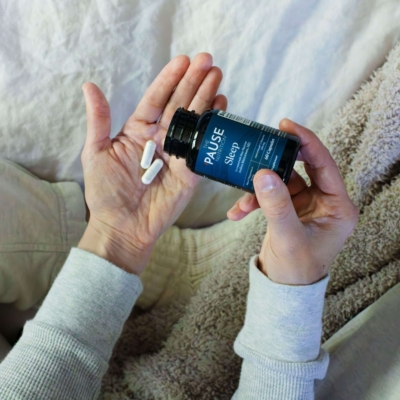

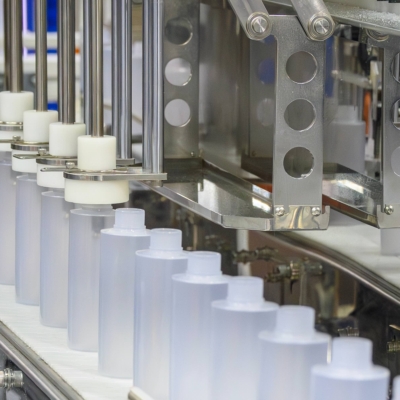
Leave a Reply
You must be logged in to post a comment.